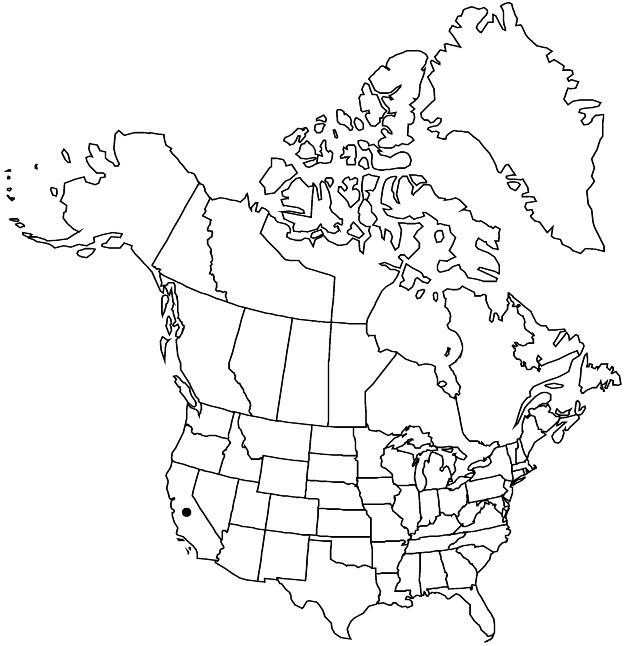Ivesia unguiculata
Proc. Amer. Acad. Arts 7: 339. 1868.
Plants ± grayish, often purple-tinged; glands sparse to abundant. Stems decumbent to ascending, 1–3.5 dm. Basal leaves (4–) 7–15 cm; sheathing base ± glabrous abaxially; stipules linear, 3–6 mm; petiole (0.3–) 0.5–4 (–5) cm, hairs sparse to abundant, ascending to spreading, 1–2 mm; leaflets 15–20 (–25) per side, loosely overlapping, 3–6 mm, lobes 3–8, linear to oblanceolate, hairs sparse to abundant, spreading, 1–2 mm. Cauline leaves 3–6. Inflorescences (15–) 30–100 (–200) -flowered, (1–) 1.5–4 (–8) cm diam., flowers mostly arranged in 1–several loose to tight glomerules of 5–10 flowers. Pedicels 1–3 mm. Flowers 6–9 mm diam.; epicalyx bractlets linear or narrowly lanceolate to elliptic or narrowly oblong, 1.2–2 (–3) mm; hypanthium shallowly turbinate, 1.5–2.5 × 2–3 (–3.5) mm, often nearly as deep as wide; sepals heavily purple-mottled, (1.5–) 2–3 (–3.5) mm, acute; petals white, often tinged with pink, oblanceolate to spatulate or obovate, 3–4 mm; stamens 10–15, filaments filiform, 0.6–1.1 mm, anthers maroon, 0.3–0.5 mm; carpels (1–) 3–9, styles 1.4–2 mm. Achenes light-brown, 1.2–1.5 mm.
Phenology: Flowering summer.
Habitat: Moist meadows and slopes, in montane conifer woodlands
Elevation: 1500–2500 m
Discussion
Of conservation concern.
Ivesia unguiculata is found in mid-elevation meadows of the central Sierra Nevada, mostly north of the Kings River. The distinctive deep red to purplish coloration of the inflorescence, and the plant in general, can make patches of this species conspicuous as a smoky purplish haze in meadows. The shape and color of the inflorescences are similar to those of the sympatric Horkelia fusca var. parviflora, suggesting shared pollinators.
The description and illustration by J. D. Hooker (1881), supposedly of Potentilla (Ivesia) unguiculata, were based actually on material grown from seed of I. sericoleuca due to initial confusion of the two species (W. H. Brewer et al. 1876–1880, vol. 1).
The type (Kellogg s.n., CAS) of Potentilla ciliata Greene (not Rafinesque) is unquestionably this species; however, the purported locality (Owens Valley, Inyo County) is dubious and most likely an error in the labeling of the specimen by the collector.
Selected References
None.
Lower Taxa
"thin" is not a number."dm" is not declared as a valid unit of measurement for this property."dm" is not declared as a valid unit of measurement for this property."dm" is not declared as a valid unit of measurement for this property.
